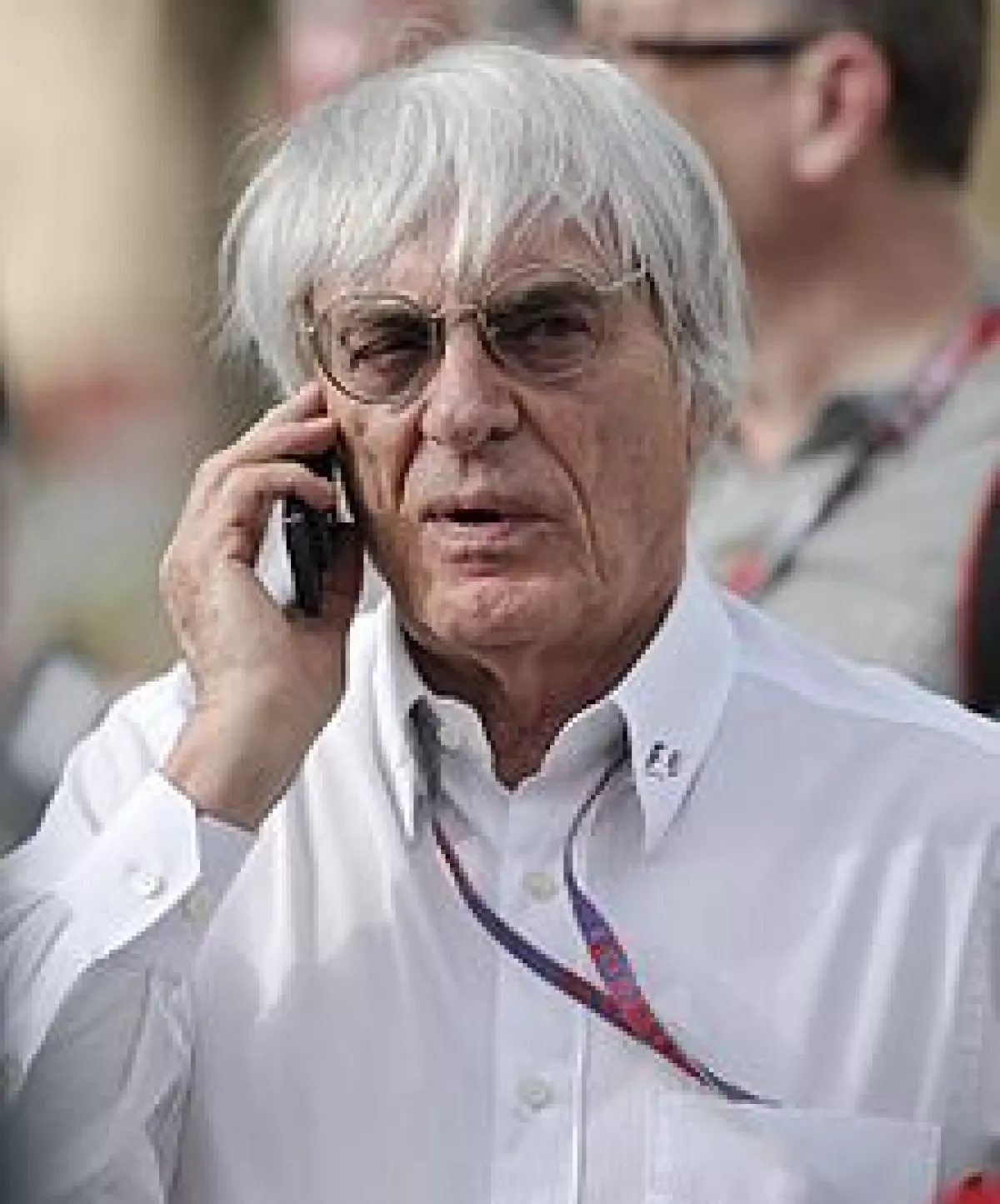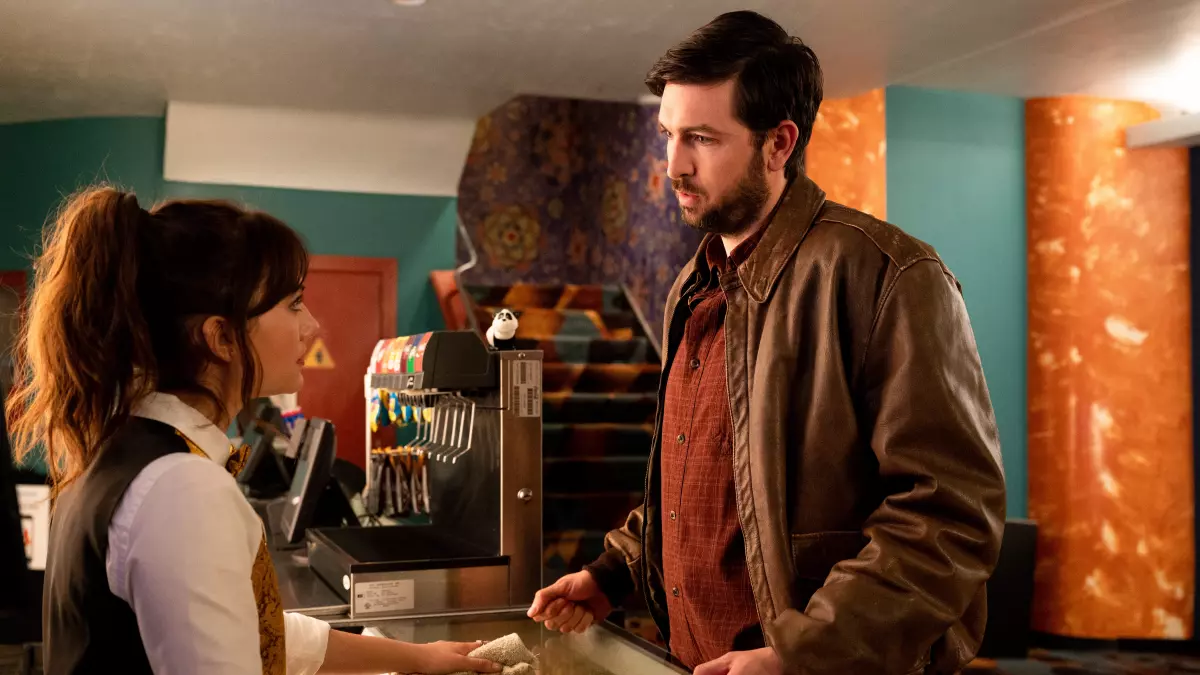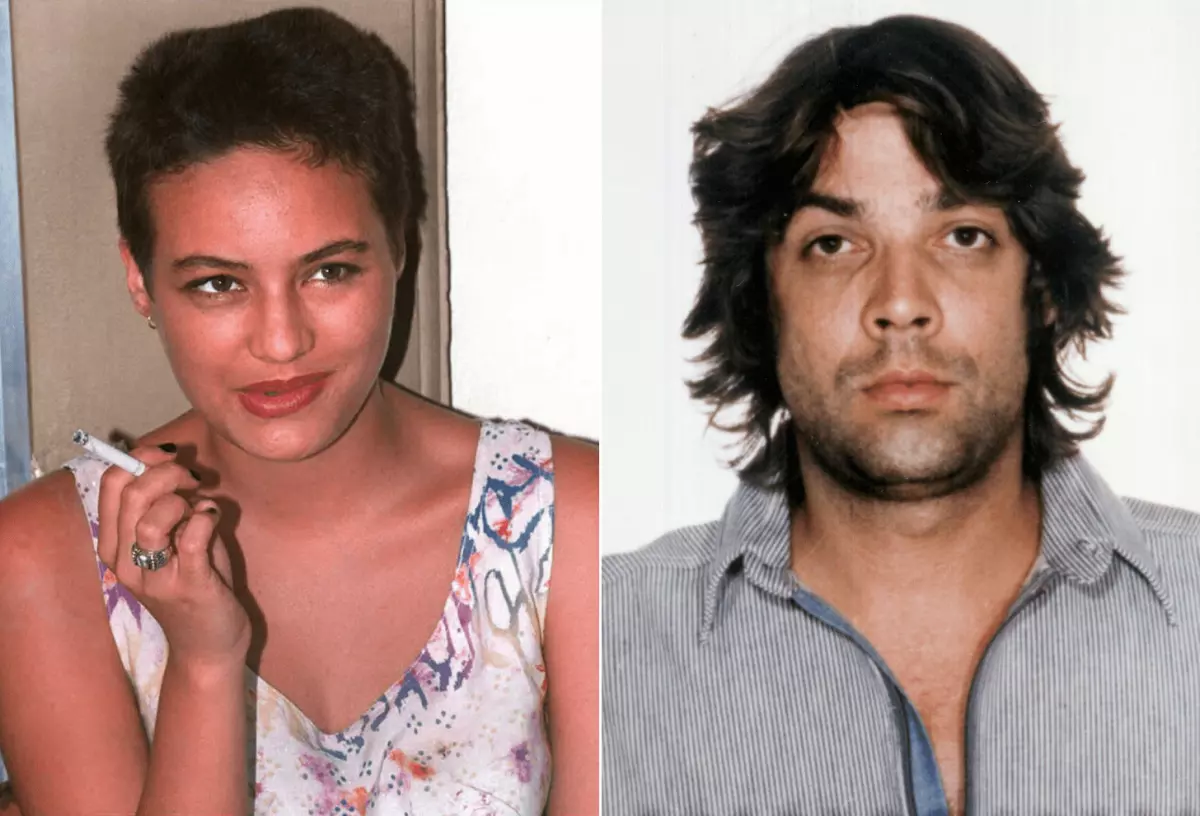The Museu Picasso, located in the heart of Barcelona, is a true haven for art enthusiasts. This astounding museum is dedicated to showcasing the works of the legendary Spanish artist Pablo Picasso. With a collection of over 4,200 pieces, including paintings, drawings, engravings, and ceramics, the museum offers a comprehensive overview of Picasso's artistic journey.
A Tribute to Picasso
Established in 1963, the Museu Picasso was the first museum solely dedicated to Picasso's work during his lifetime. It is housed in five interconnected medieval palaces on Montcada Street, located in the enchanting La Ribera neighborhood, in the Old City of Barcelona. Step inside and immerse yourself in the vibrant world of Picasso.
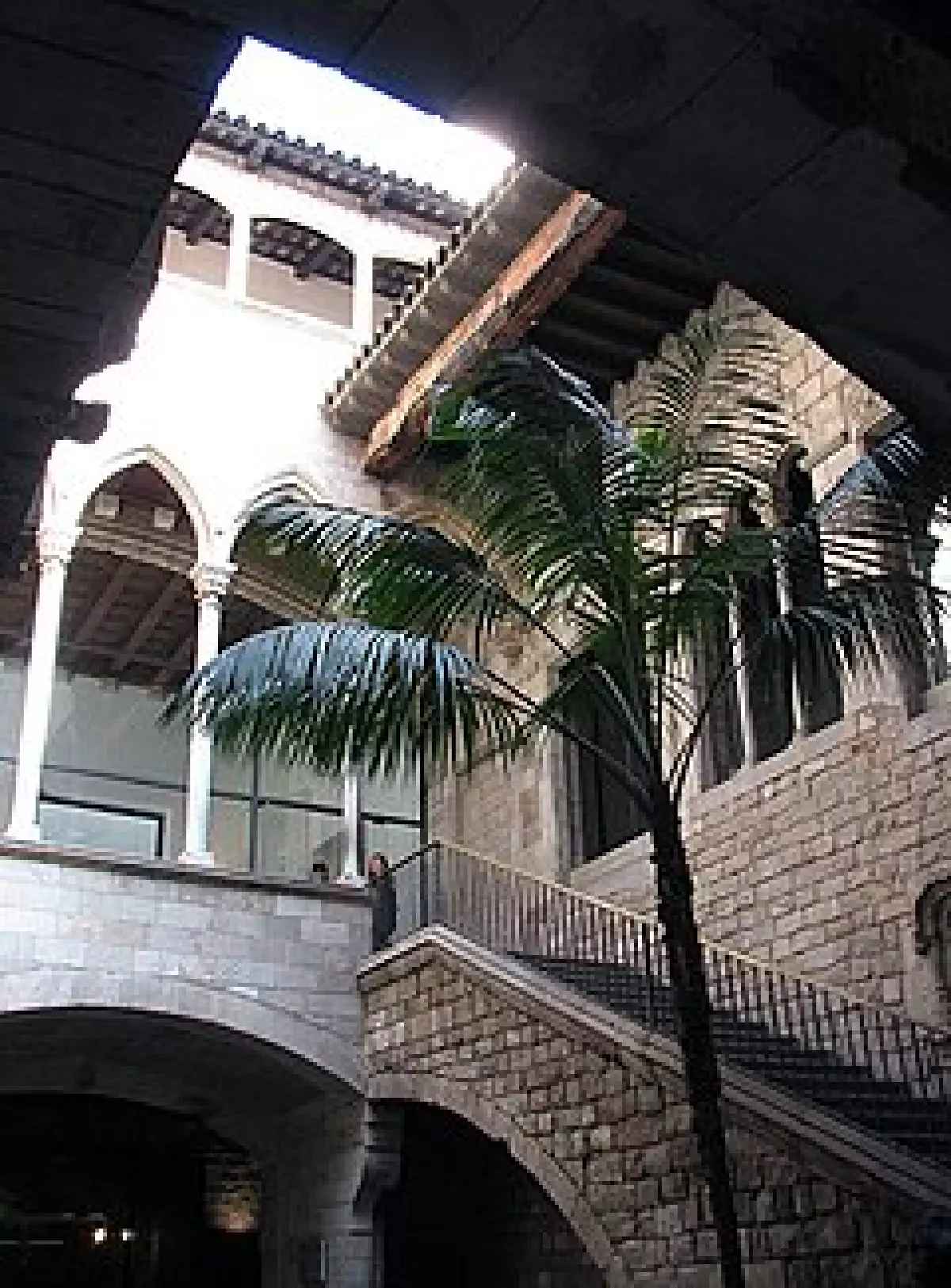 Palau Aguilar
Palau Aguilar
Unraveling Picasso's Relationship with Barcelona
The Museu Picasso offers a captivating insight into the profound relationship between Picasso and the city of Barcelona. Displaying artwork from his youth to his later years, the collection highlights Barcelona's influence on Picasso's artistic development. Among the highlights are two of his early masterpieces, "The First Communion" (1896) and "Science and Charity" (1897).
A Museum Born from Friendship
The idea for the museum originated from Picasso's dear friend and secretary, Jaume Sabartés. Over the years, Picasso had gifted Sabartés numerous paintings, drawings, and prints. Initially planned for Picasso's birthplace, Málaga, Picasso himself suggested Barcelona as the ideal location due to his deep connection with the city. And thus, the Museu Picasso was born.
The Ever-Expanding Collection
The museum's collection has grown exponentially over the years, thanks to generous donations and acquisitions. Picasso's final personal donation to the museum in 1970 included 920 diverse works, ranging from his early pieces to those from his Blue Period. The collection also encompasses numerous donations from Picasso's family, friends, and collectors. The Palau del Baró de Castellet was added as an expansion in 1970, further enriching the exhibition space.
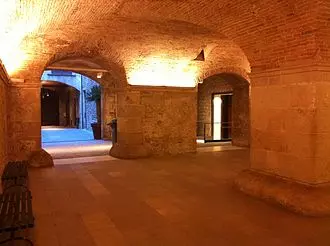 Palau Baró de Castellet
Palau Baró de Castellet
Architecture and History
The Museu Picasso is as fascinating architecturally as it is artistically. The museum occupies five grand houses from the 13th and 14th centuries, showcasing the Gothic civil Catalan style. Each building features a central courtyard and unique historical elements. Palau Aguilar, the first building occupied by the museum, boasts remarkable frescoes depicting the conquest of Majorca in the 13th century.
Delve Deeper at the Knowledge and Research Center
In addition to its remarkable collection, the Museu Picasso recently opened the Knowledge and Research Center. Designed by architect Jordi Garcés, this new building aims to become a global hub for the study of Picasso and his artistic and social context. Equipped with an educational center, a library, and archives, it serves as a space for discussion, dialogue, and debate.
Explore the Permanent Collection
The museum's permanent collection is divided into three sections: painting and drawing, engraving, and ceramics. It primarily focuses on Picasso's early years, including his Blue Period from 1901 to 1904. With over 3,500 works on display, the collection paints a vivid picture of Picasso's artistic evolution.
Exhibitions and Beyond
The Museu Picasso is known for its engaging exhibitions that shed light on various aspects of Picasso's life and work. These exhibitions delve into his relationships with other artists and explore specific themes important to the painter. The museum also hosts seminars and lectures, inviting experts from around the world to share their insights.
A Legacy of Directors
Over the years, the Museu Picasso has been under the guidance of several esteemed directors. From the inaugural director, Joan Ainaud Lasarte, to the current director, Emmanuel Guigon, each has contributed to the museum's growth and success.
Visiting the Museu Picasso is an extraordinary experience that allows art enthusiasts to witness the evolution of one of the most influential artists of the 20th century. With its rich collection, captivating exhibitions, and commitment to artistic and historical research, the museum continues to honor Picasso's legacy, making it a must-visit destination for art lovers worldwide.
References:










